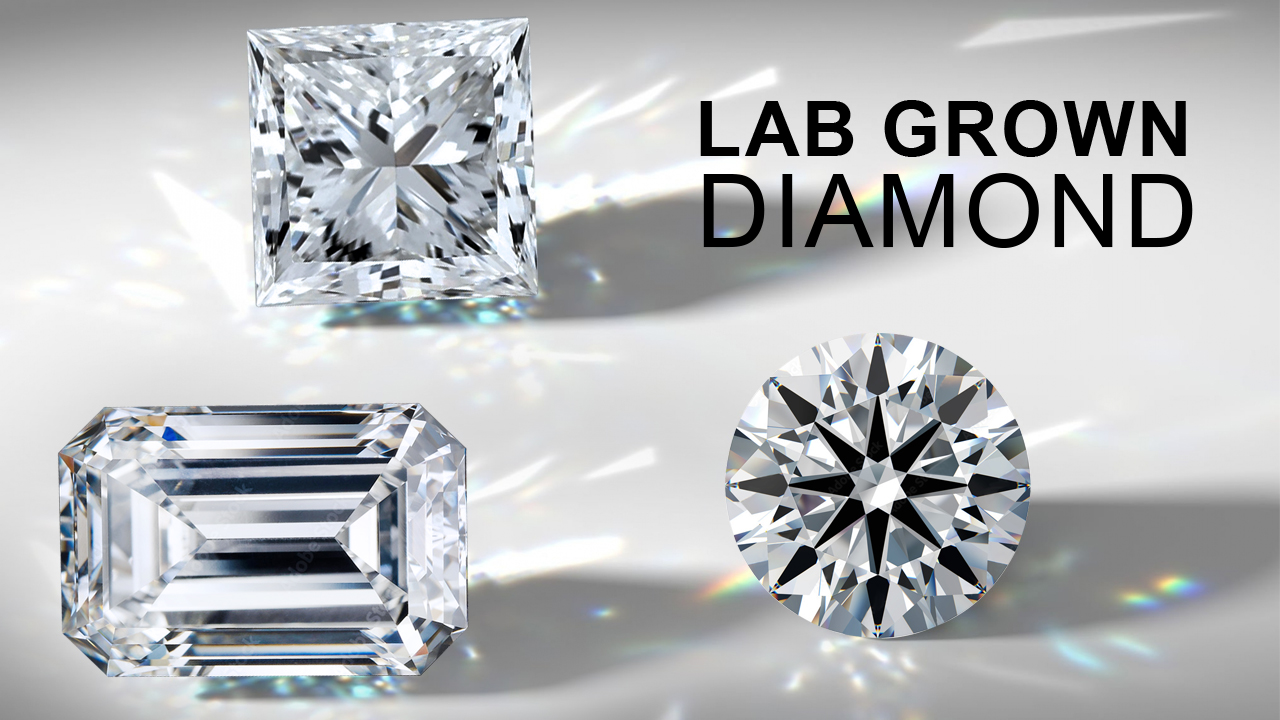Some Known Details About Lab Grown Diamonds
The Basic Principles Of Lab Grown Diamonds
Table of ContentsThe Facts About Lab Grown Diamonds RevealedNot known Incorrect Statements About Lab Grown Diamonds Indicators on Lab Grown Diamonds You Need To KnowLab Grown Diamonds Things To Know Before You Get This
As you take a trip closer to the Planet's core, pressure and temperature rise, which produces the perfect stove for carbon to be converted into diamond (rubies are the only gemstone to be made from purely one aspect). Via a large volcanic eruption, these diamonds were transferred to the Earth's surface. It's approximated this procedure was relatively fast (most likely throughout numerous hours), which allowed the diamonds to stay intact without melting.The brief response: carats determine the mass of rocks, karats determine the purity of gold. Carat weight: 1 carat weight amounts to 0.2 grams, about the weight of a paperclip (following time you see an image of Mariah Carey's 35 carat engagement ring, simply think of the worry of carrying 35 paper clips around your finger each day).

Here are some of the vital benefits of lab expanded diamonds and lab grown ruby jewellery:.
Little Known Facts About Lab Grown Diamonds.
In other words, natural or earth-mined diamonds are crafted over millions of years below the Planet's crust from pure carbon incorporated with pressure and heat. Creating rubies in a lab requires the exact same process, just fine-tuned to happen over a much smaller timespan in a much extra regulated setup.
Whereas earth-mined diamonds are rare and limited and have a tendency to raise in rate over time, lab rubies are readily available., like lab-grown diamond rings, they will not be a great fit for your needs.
They could assume that the disadvantages of lab-grown rubies exceed the pros. Some may suggest that, for this factor, getting a lab-made ruby likewise comes with its honest factors to consider, as doing so takes revenue away from those entailed in the natural ruby market that might require it most.
Standard rubies count on the Earth's problems to establish their quality or absence thereof. In a laboratory, manufacturers can directly manage a ruby's top quality.
Getting My Lab Grown Diamonds To Work
You can easily locate tinted, synthetic rubies on the (reasonably) economical side as well as specific cuts that would be pricier if you were shopping for a mined ruby see here only. That hardly suggests it isn't worth safeguarding.
natural diamonds is that the latter is extracted from natural down payments in the Earth while the former is made in a laboratory utilizing regulated setups. Their quality is mainly the exact same. While the difference between lab-grown and all-natural diamond alternatives are marginal when it involves quality, some of the disadvantages of lab-grown diamonds consist of the fact that the stone will decrease in time and, to some, a lack of nostalgic value that's usually related to extracted diamonds
This cost distinction can be connected to the structured production process and the avoidance of costs connected with standard mining. The Controlled Setting in Which Laboratory Grown Diamonds Are Created Enables for Regular Top Quality.
Adaptability in Layout - Lab Grown Diamonds Offer Developers and Customers a Versatile Scheme to Develop Special and Cutting-edge Precious Jewelry Layouts - Lab Grown Diamonds. Lab Diamonds Often Come with A More Clear Supply Chain.
Some Known Factual Statements About Lab Grown Diamonds
Market Understanding - Despite Their The Same Physical Qualities, Laboratory Diamonds Might Face Challenges in Market Understanding. Some Consumers Still Perceive Natural Diamonds as Having Greater Worth and Eminence. The Manufacturing of Lab-Grown Diamonds Can Be Energy-Intensive, Specifically in Methods Like High Pressure High Temperature (hpht) and Chemical Vapor Deposition (cvd).
Natural Diamonds Are Formed Over Numerous Years Deep Within the Earth, Adding To Their Continued Regarded Rarity. Lab-Grown Diamonds, Despite Their The Same Feature, May Not Lug the Same Rarity Aspect, Impacting Their Viewed Worth for Some Customers. Effect On Diamond-Dependent Economic Climates - the Shift Towards Laboratory Grown Diamonds May Have Financial Implications for Nations and Communities that Depend Upon The Diamond Mining Market.

Ans. Laboratory Rubies Are of Equal Top Quality to Natural Diamonds in Regards To Hardness, Brilliance, and Quality. the Top quality of A Ruby, Whether Lab-Grown or Mined, Is Determined by Its Cut, Shade, Clearness, and Carat Weight. Ans. Yes, Lab Diamonds Sparkle Similar To All-natural Diamonds. Their Luster and Glimmer Are an Outcome of Their Cut and The Means Light Interacts with Their Aspects. Ans.